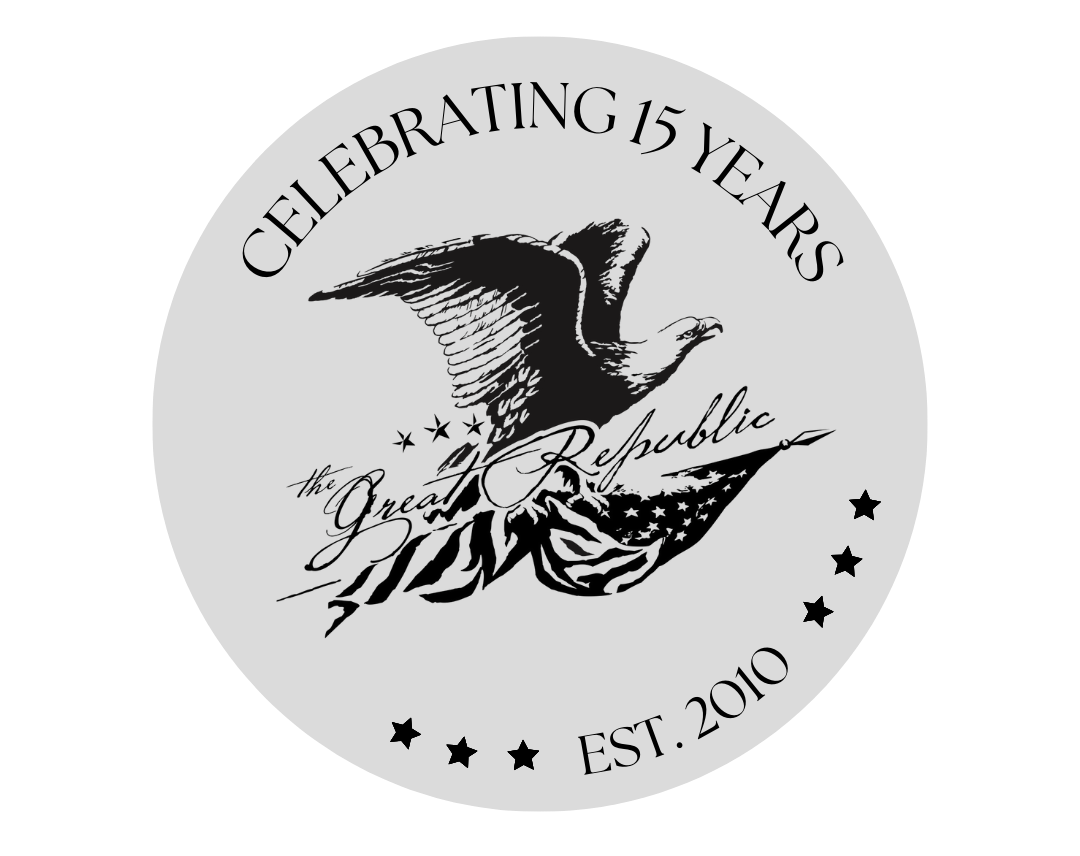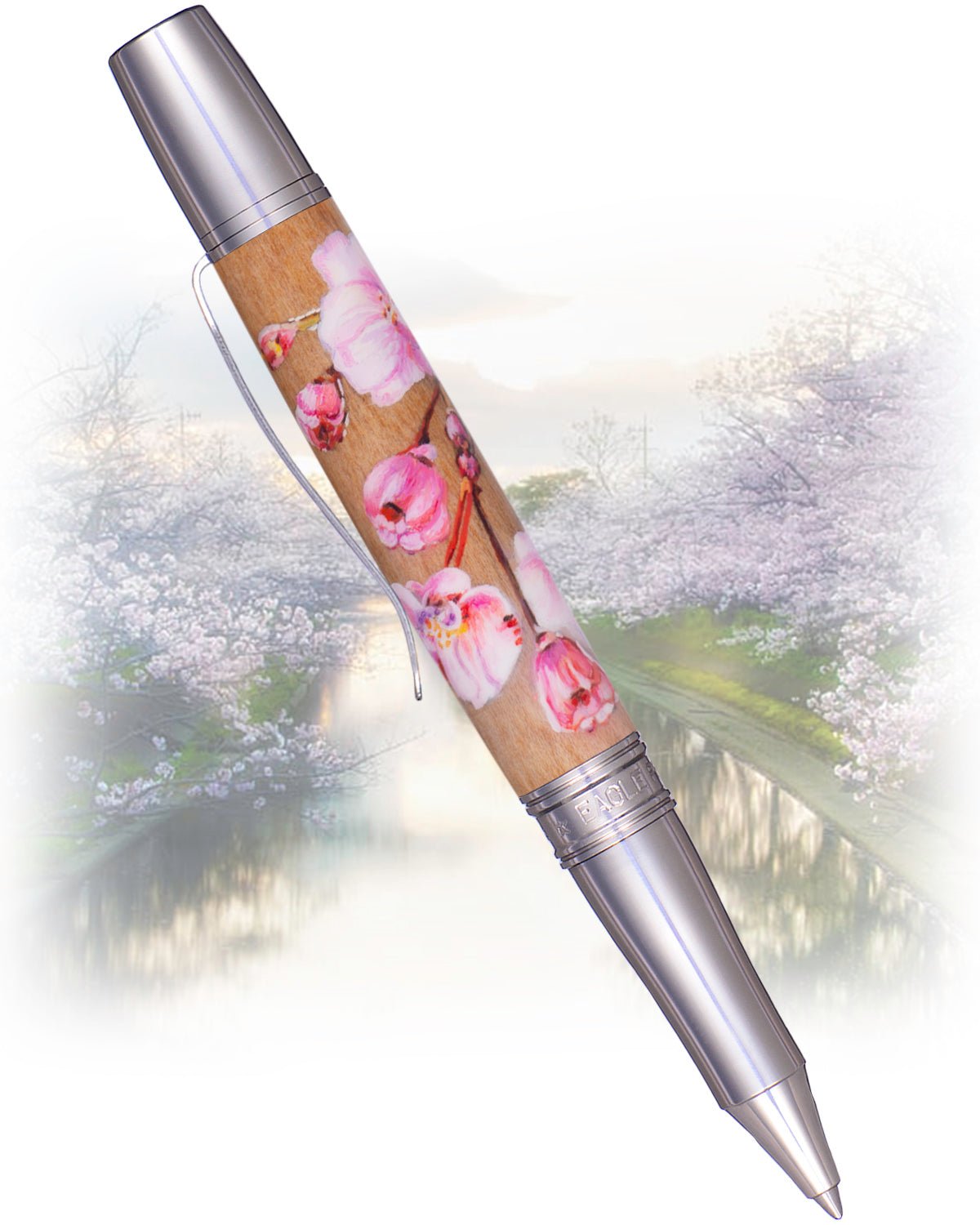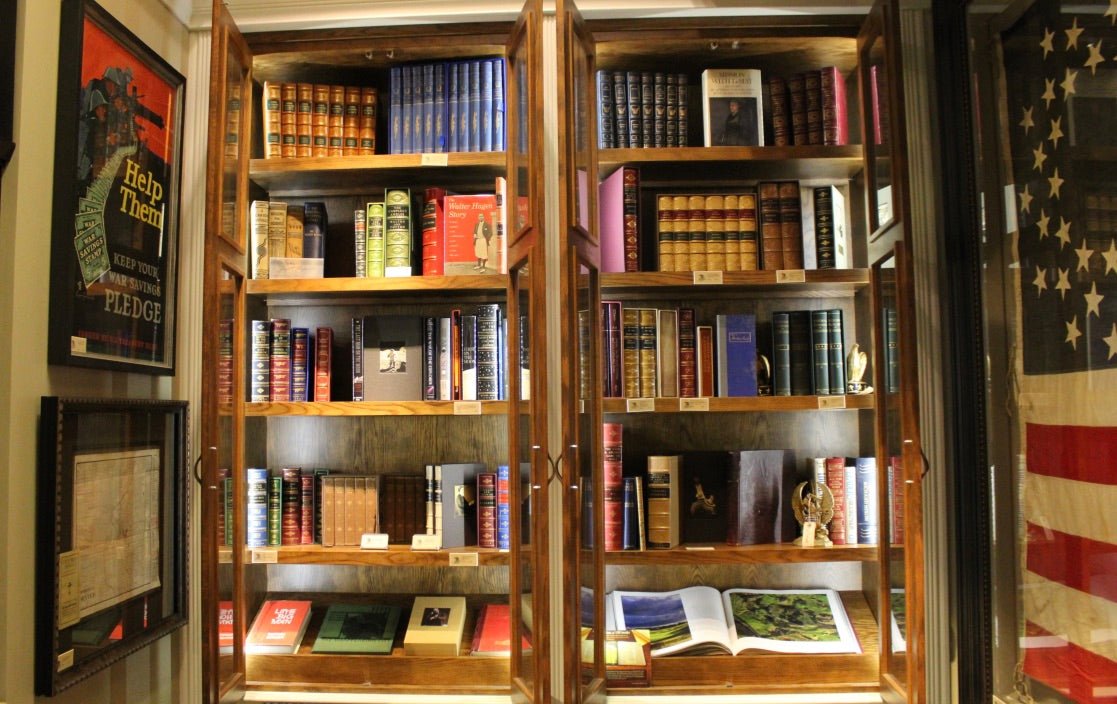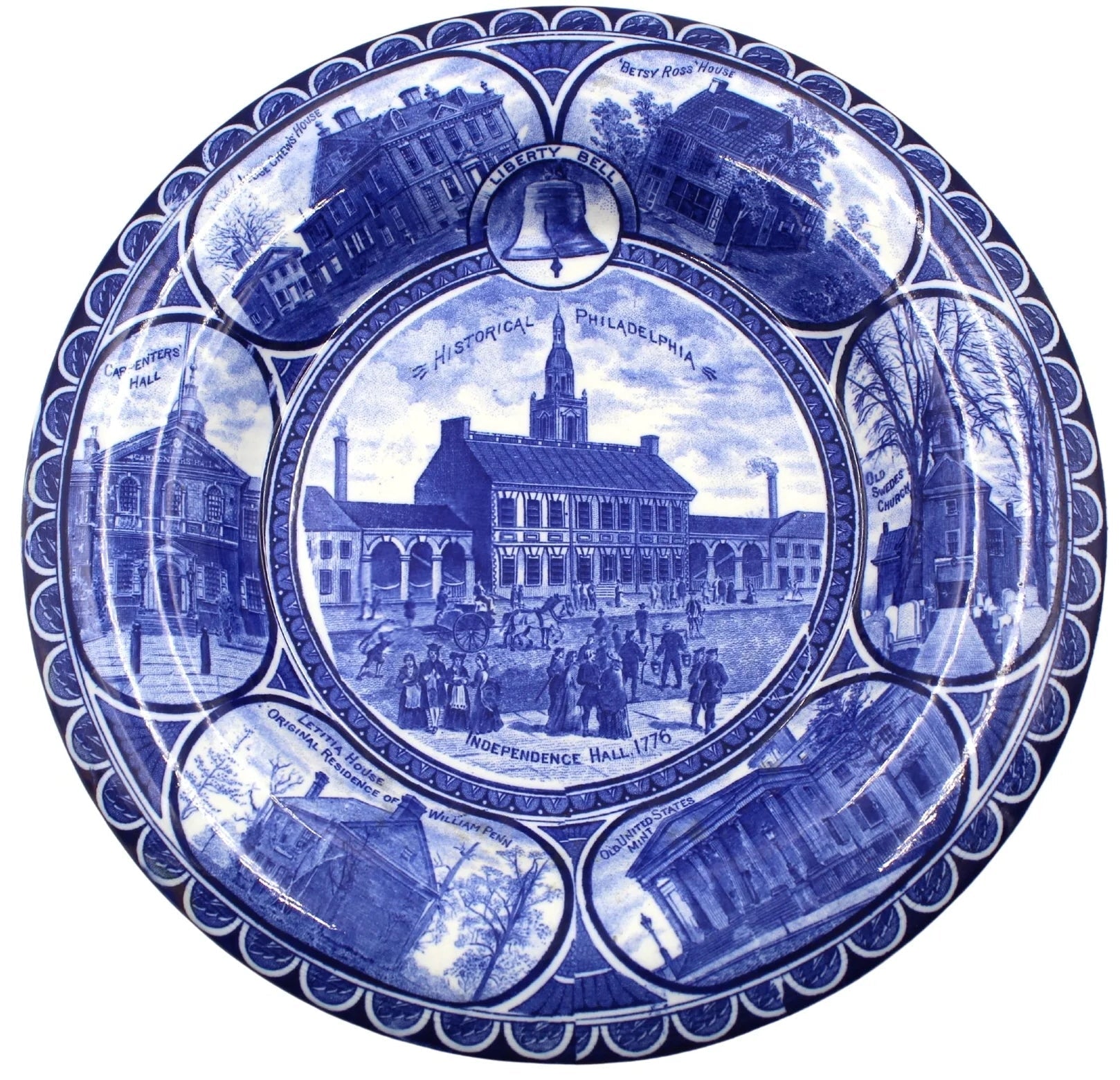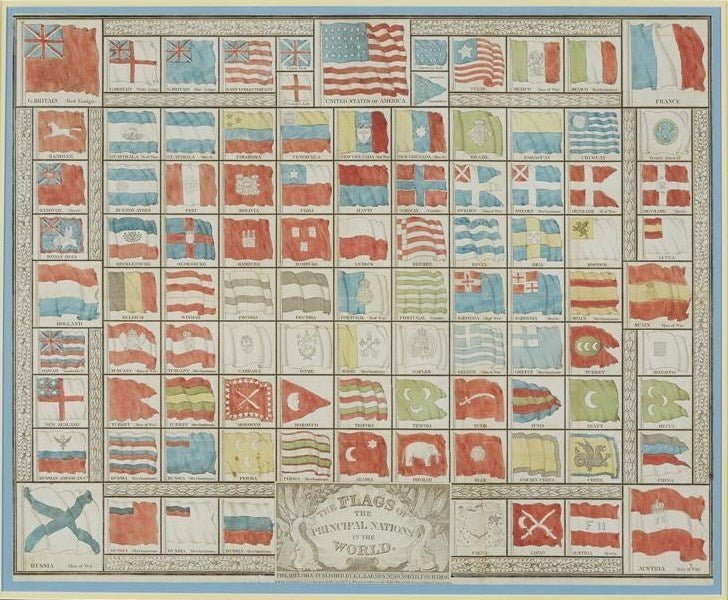Navigating Antique Maps: The Compass Rose
Compass roses are an instrumental design element of charts and antique maps. They act as an orientation reference, aid mariners in navigating through open water, and serve as a focal point to highlight the artistic talents of cartographers. Along with title cartouches, compass roses were among the first map elements to be artfully embellished.
The first compass roses, or wind roses, appeared on Portolan charts in the late 1300s. Compass roses, placed at radiating and intersecting rhumb lines, were the foundational design elements used while navigating the waters. The average Portolan chart would have sixteen wind roses. In his Catalan Atlas of 1375, cartographer Cresques Abraham was the first to draw an ornate compass rose on a map.
 First compass rose depicted on a map, detail from the Catalan Atlas (1375), attributed to cartographer Abraham Cresques of Majorca, 1375.
First compass rose depicted on a map, detail from the Catalan Atlas (1375), attributed to cartographer Abraham Cresques of Majorca, 1375.
By the end of the 15th century, Portuguese cartographers began drawing multiple ornate wind roses throughout their charts, for each of the sixteen roses.
For many sailing during this time, the compass or wind roses were sectioned into as many as 32 points, representing the eight major winds, the eight half-winds, and sometimes the 16 quarter-winds. The names of these directions retained their original wind names. An initial letter T could be found above a wind rose for tramontana, the name of the north wind, while an initial letter L for levante marked the east wind. During this time, wind roses also became known as compass roses, with the introduction of magnetic compasses on boats.
Later, mapmakers of the 16th and 17th century switched to Latin names - Septentrio, Oriens, Meridies, Occidens - to indicate direction. During the 16th century, you also see the first use of cardinal terms, North, East, South, and West, and even more decorative flourish. To mark north, the fleur-de-lys replaced the letter T at the top of the compass rose. To mark east, a cross replaced the letter L (for levante), showing the direction of the Holy Land.
The points of the rose were often colorfully patterned or embellished with flowers, and shining, radiating rhumb lines were very common.

As map publishing became more and more competitive in the 17th, 18th, and 19th centuries, mapmakers used the decorative elements like title cartouches, borders, and compass roses to stand out and establish their own distinctive style. Compass roses were used as design elements beyond the printed map, as a symbol alluding to navigation, travel, and the freedom of exploration.

Breaking the Wilderness by Frederick S. Dellenbaugh, 1908
In the early 20th century, pictorial, travel , and railroad maps often used compass roses to continue a thematic design of the map. Additionally, they were used as space for an additional inset map, offering greater context to the map’s focused area. Some hold-overs from the 17th century are still present, as we still commonly see the fleur-de-lys and cross symbols on compass roses even today.

